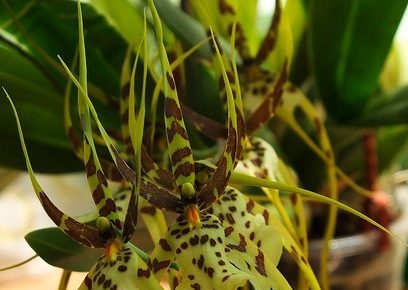
Orchid Brassia is one of the most popular home flowers. It is difficult to care for, but unusually beautiful in bloom. There are a huge number of orchid species in nature. This and Brassia, Cattleya, Lycast and many others. Brassia is a perennial plant. It differs from others in that it has unusual buds. Their form is not similar to other varieties, because of them, the culture received the second name - “spider orchid”.
Content
Description and grades
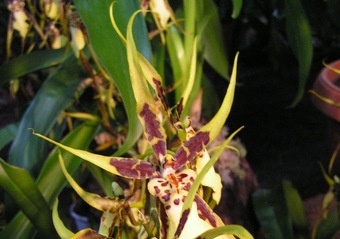
The plant has a yellow color. Hues vary. On the surface, you can observe the original convex brownish blotches. There are species with buds of brown color and with green-yellow spots on top. The hue is transient, you can find the inflorescences from chocolate in color with pale greenish inclusions and vice versa, the main tone is light green, and spots with chocolate. Orchid is able to throw up to 15 inflorescences at a time.
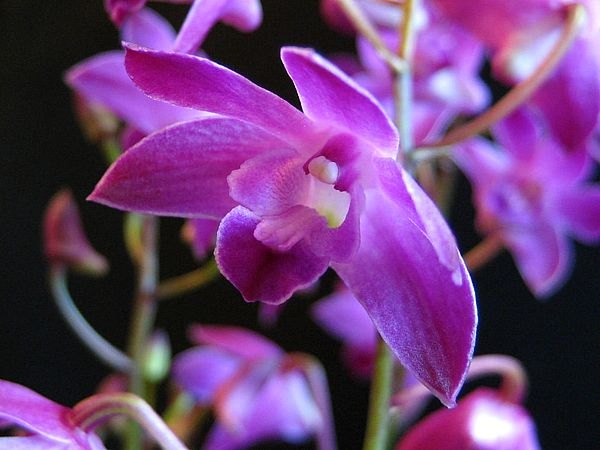 You may be interested in:
You may be interested in:Brassia are very numerous in their variety. It is said that scientists count with more than fifty varieties. For example, such as:
- Spotted brassia. This flower buds are an order of magnitude larger than the rest, have a bright yellow color with such dark red blotches. They smell of light vanilla.
- There is a warty brassia. This type of orchid can be considered common among home gardeners. The plant reaches no more than half a meter in height and has yellow-green flowers.
- Tuscany brassia is the most picturesque of all varieties. Ideal for growing at home. This Brassia is practically not affected by disease.
- Brass Summer Dream. Orchid has pale yellow flowers, the size of which is not more than 15 cm, but very beautiful in bloom.
- Royal brassia. Flowers resemble small stars, they abundantly cover the plant.
Orchid Brassia: home care
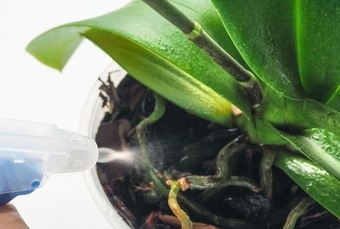
Many Brassia orchids are grown and bloom only on an industrial scale, but there are those who have adapted to take care of them at home. As far as we know, the orchid itself is difficult to care for, and Brassia is even more difficult. It is complex in that it has a specific smell, which not everyone is ready to accept and love. To grow an orchid at home, you need special seeds, as well as conditions such as soil and fertilizer.
During the transplant, divide the overgrown bush, if it consists of several pseudobulbs, into 2-3 parts. This must be done so that each part includes 2-3 tuberidia of young growth. It is necessary to dissect the rhizome with a disinfected tool in order to exclude the entry of fungal spores or infections into the wounds. Rinse the sections with an antiseptic or a solution of potassium permanganate. You can take a special antifungal drug. After processing, sprinkle with crushed charcoal, you can replace it with food cinnamon. Delenki land in separate containers, observing the general rules for transplanting adult Brassias.
Lighting for orchids is not a problem. Everyone knows that they love sunlight, but not direct, but scattered rays. Such flowers need to be placed on the windowsill in the eastern or in the western part of the room.If on the south, then you need to create a slight shade, but if on the north, then only when the summer, because due to lack of sunlight the flower may die.
Temperature and watering
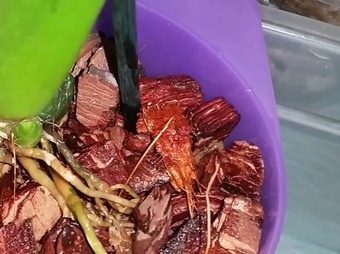
The temperature regime is also important for growth, but in this regard, the flower is not very whimsical. It quickly adapts to room temperature. This means that it tolerates both heat and cold, if the temperature drops and falls below plus fifteen, then the culture will continue its active life. In summer, it is better to keep outdoors so that there is a natural air difference. But still it’s worth saying that the ideal temperature is considered to be from plus 23 to plus 25
Watering and humidity:
- Orchids love humidity, so do not keep them near hot batteries or stoves. In general, there is a theory that the flowers retain their vital activity longer, they should be placed in a basin with warm water for 20-30 minutes, during which time the flowers will have time to nourish their roots with a sufficient amount of moisture.
- The humidity level should not fall below 70 percent, it is also recommended to use a tray in which to add water at the time of its evaporation or use of flowers.
Soil, diseases and reproduction
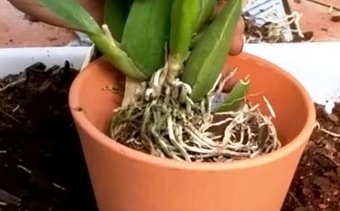
It is recommended to buy special soil sold in stores for these orchids, which contains: sphagnum moss, crushed with pine bark and fine charcoal and also with peat bog.
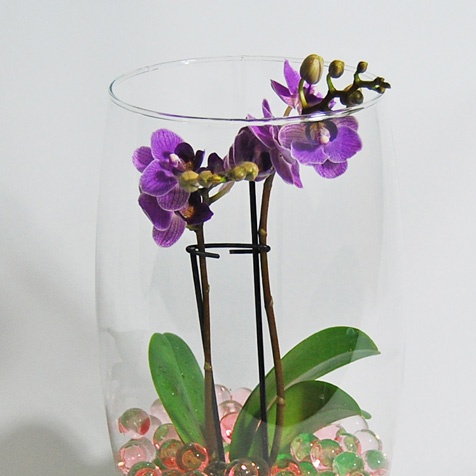 You may be interested in:
You may be interested in:Orchids are annoyed by:
- Worms
- beetles;
- ticks;
- slugs;
- cockroaches.
Most often, these parasites spread in hot summer weather in the axils of the leaves themselves. To combat them, you can spray Fozalon once a week for one or a half months. Also, for the struggle, you can use a spill of soil with boiled hot water before planting, or simply rinse the flower with plenty of water under running water.
Orchid can get sick not only due to the attack of parasites, but due to improper care, for example, from waterlogging of the soil, so you need to carefully and thoroughly water it.
Culture propagates by dividing the bush. When dividing, you need to make a cut closer to the maternal pseudobulb, so that each root has developed roots and three pseudobulbs. But you need to know that only adult strong and healthy orchids can be divided.
Reviews
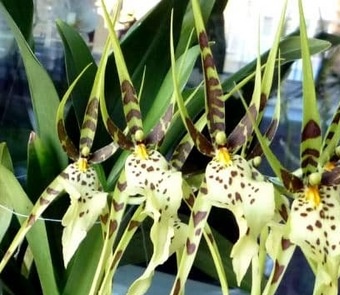
People who already grow this orchid variety at home share their impressions:
Natalia, 28 years old
I would like to say that Brassia is one of the most beautiful flowers in home use. She has long mastered the Russian climate and adapted to the natural and environmental conditions. This type of flower is very peculiar in beauty, its leaves are similar to spiders, have a pleasant smell of vanilla and an extensive color gamut of flowers. In my opinion, caring for her is practically no different from other varieties.
Svetlana, 32 years old
Brassia has been with me for 2 years. Some special approach to it is not required. All varieties and species and Brassia are able to bloom at home most often year-round, with almost no breaks, which are very popular. I note that they are simple and unpretentious, which is also very important for home gardeners. Of course, her unusual graceful cobweb flowers hit the hearts of many flower lovers.
It should be noted that you can’t use all the tips that are applicable and agreed here immediately for one flower, yet the conditions of existence are at least slightly different from each other, so you need to follow up to find out more about this plant. Do not forget to care for and maintain the desired humidity, temperature and proper lighting, so that the plant blooms for a long time and is minimally hurt. If the flower becomes ill, then you need to help him, if you need to transplant or rinse the petals or roots if they are affected by pests. The best place for Brassia is that windowsill, where direct scorching sunlight does not reach.

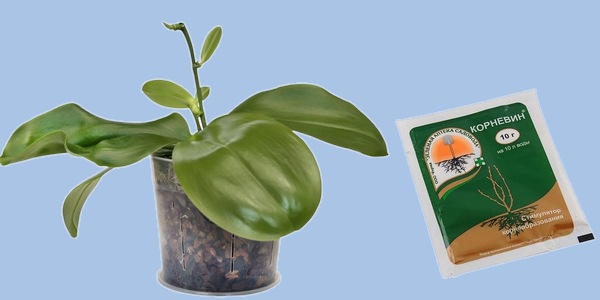
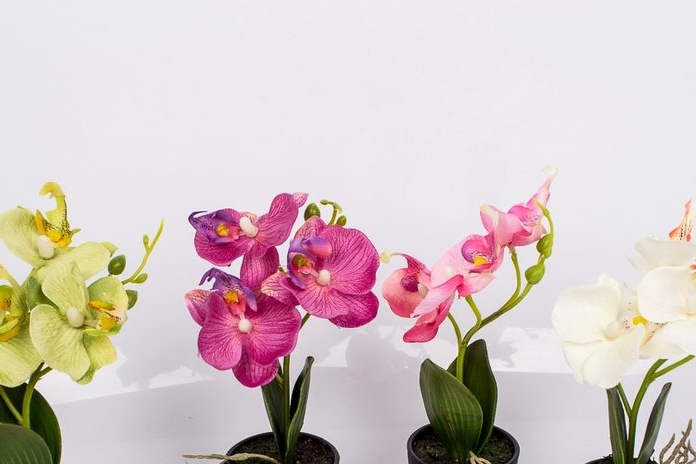
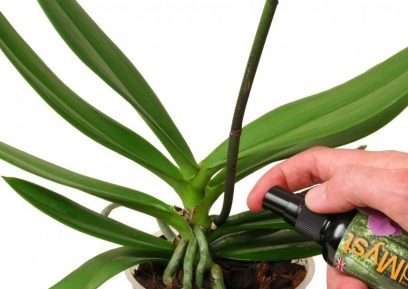
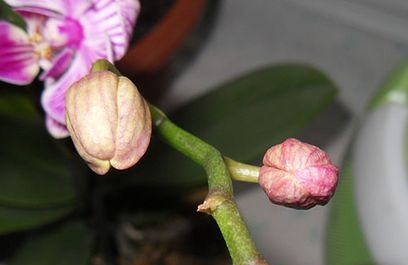 Reasons why orchids fall flowers and what to do
Reasons why orchids fall flowers and what to do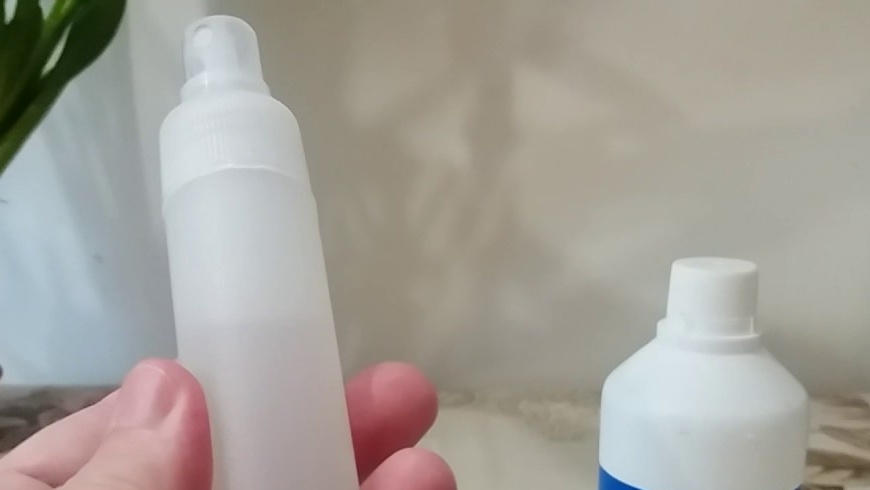 How to use hydrogen peroxide for orchids and why
How to use hydrogen peroxide for orchids and why Midges are wound up in the orchid: effective ways to get rid
Midges are wound up in the orchid: effective ways to get rid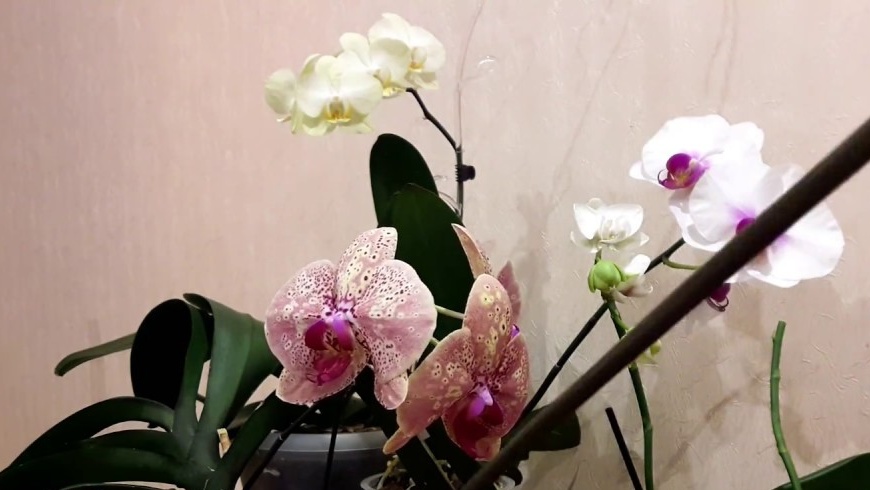 Is it possible to transplant an orchid during flowering
Is it possible to transplant an orchid during flowering